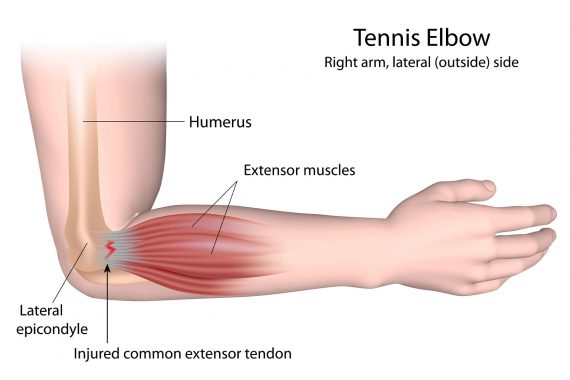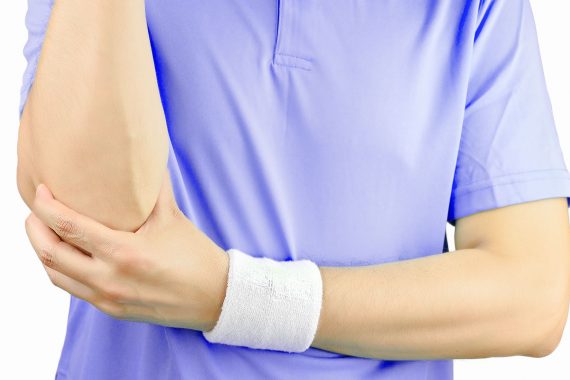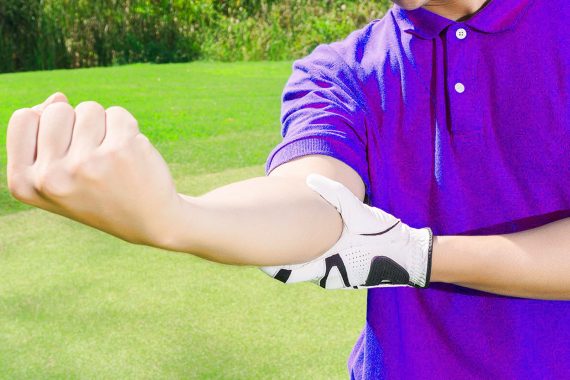Lateral Epicondylitis

Lateral Epicondylitis (Tennis Player’s Elbow)
Lateral Epicondylitis (Tennis Player’s Elbow), Medial Epicondylitis (Golfer’s Elbow)
Lateral epicondylitis is commonly known as “Tennis Player’s Elbow”. It is a painful condition seen at the attachment of the muscle-tendon to the bone on the outside of the elbow. Tendons connect muscle to bone. The muscle associated with this condition is the “extensor carpi radialis brevis”.
In lateral epicondylitis, there is degeneration and weakening of the tendon attachment section. This can cause pain associated with movements in which the muscle is active (stretching, grip, etc.). Medial epicondylitis, as known as “Golfer’s Elbow”, is a disease characterized by pain and sensitivity in the bony protrusion of the inside of the elbow.

How Is The Lateral Epicondylitis Diagnosed?
It is usually easy to diagnose. Methods such as film and MR are not required initially. However, if there is no improvement despite 6 weeks of treatment, a 2-way film of the elbow can be taken for differential diagnosis.
Ultrasound or MRI can be performed to find out whether there are other intra-articular or joint disorders.

Treatment Of The Lateral Epicondylitis
- Cold therapy should be the first intervention when elbow pain is felt.
- Use of anti-inflammatory drugs (aspirin, ibuprofen, naproxen and cream-based topical anti-inflammatories)
- Special elbow straps and physical therapy
- Mesotherapy
- P.R.P.
- Pulsed ultrasonic sound wave ESWT applications (exercises with the application head of the stone crushing device to the muscle tissue) can be applied in 3-5 sessions. Laser (HILTERAPY) with high intensity is another method that can be applied.
